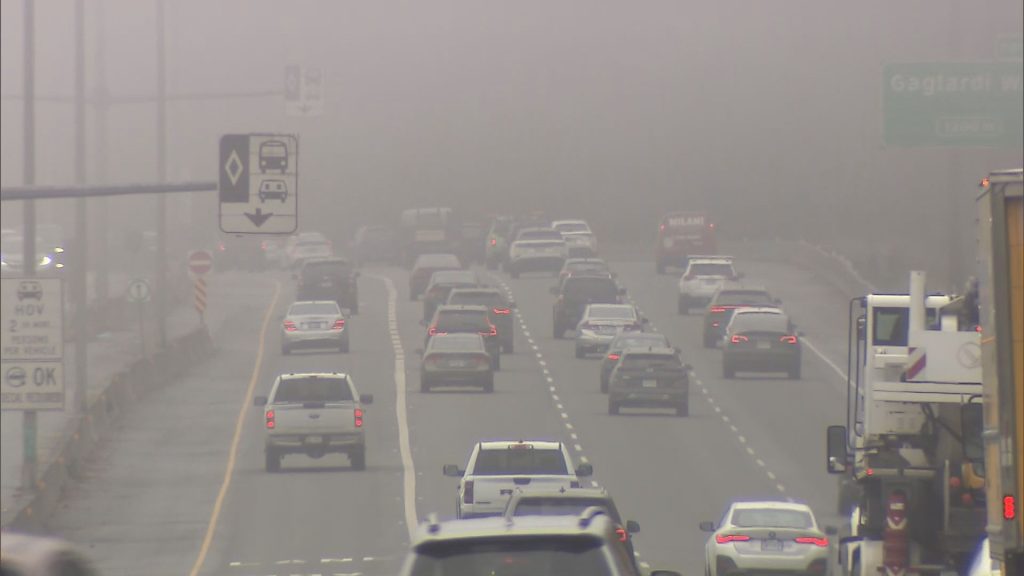Lower Mainland commutes getting longer: StatCan

Posted August 29, 2024 7:36 am.
Last Updated August 29, 2024 8:04 am.
You’re absolutely right if you think there are more cars on the road as you make another commute to work.
Statistics Canada says the numbers are up, as is the length of time you’re spending on the road. Overall, more people are commuting and the commute is getting longer, across Canada.
“The number of commuters reached 16.5 million in May 2024, continuing an upward trend that followed notable declines recorded during the COVID-19 pandemic in 2020 and 2021,” the federal body shared.
“The number of commuters was up 585,000 (+3.7%) in May 2024 compared to May 2023, driven by employment growth (+373,000 or +1.9%) and by an increase in the share of the employed population working at locations other than home,” it continued.
Here in B.C., the time you spend on the road and the number of people you’re sharing it with are growing but there’s an explanation.
CLICK HERE TO LISTEN TO 1130 NEWSRADIO VANCOUVER LIVE!StatCan says the big difference is fewer people are working from home since the height of the COVID-19 pandemic.
The average commute time in B.C. is a little more than 26 minutes. However, in Metro Vancouver, it’s 30.5 minutes.
But those in the Abbotsford and Mission regions are among the unlucky ones.
It has among the highest percentage of those who drive more than an hour to get to work — almost 15 per cent.
“Commuting is a fact of life for many Canadians. However, it has financial costs, and for those with long commutes, it can be associated with negative health outcomes and challenges maintaining work-life balance,” StatCan shared.
“For people who work from home, time saved from commuting allows them to spend more time with their children, and on leisure activities, sleep and household chores.”
When it comes to how we’re commuting, StatCan says about 70 per cent of drivers are in their own vehicles, and the overwhelming majority are alone.
“The share of commuters mainly taking public transit increased 1.3 percentage points to 11.4% from May 2023 to May 2024, continuing the upward trend from the record low of 7.8% in May 2021,” StatCan said. “Nevertheless, the share of commuters taking public transit remained below May 2016 levels (12.6%).”
Victoria led the way nationally for those who bike or walk to work. Almost 18.7 per cent of commuters in that city chose an active transportation method to get into work.








